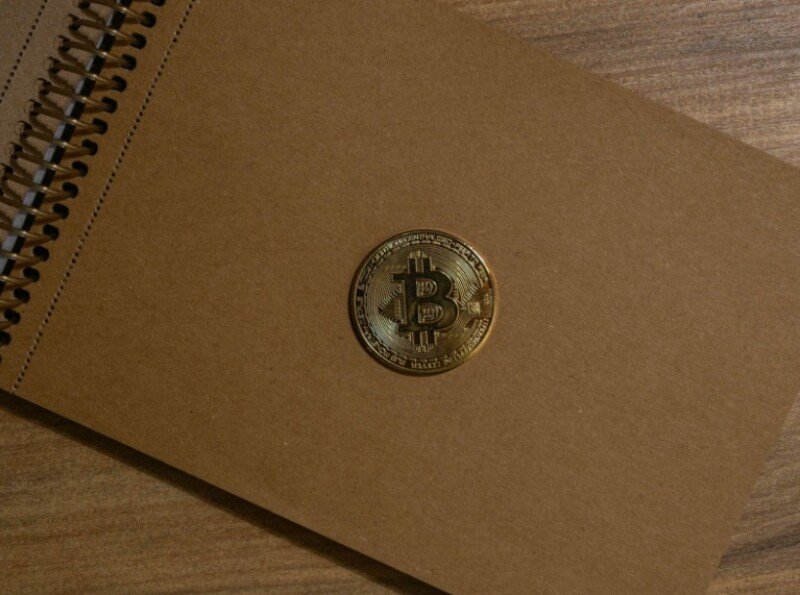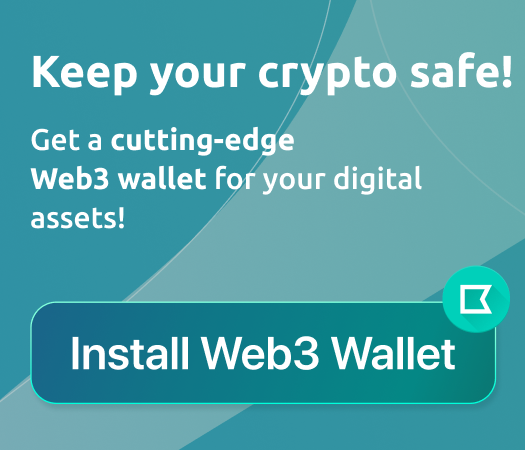Web3 Security: How to Protect Your Digital Assets in a High-Risk Market


Photo by engin akyurt on Unsplash
Web3 represents the next evolution of the internet, replacing centralised platforms with decentralised networks powered by blockchain technology. In this environment, users can own their digital assets, interact peer-to-peer without intermediaries, and access a growing ecosystem of decentralised applications (dApps).
However, with greater control comes greater responsibility. In Web3, there’s no “forgot my password” button, no central support desk, and no safety net if your private keys fall into the wrong hands. Once a transaction is confirmed on the blockchain, it’s irreversible. This level of autonomy is liberating—but it also makes Web3 a prime target for hackers and scammers.
Understanding the Unique Risks of Web3
The decentralised nature of Web3 creates unique security challenges that don’t exist in traditional online banking or social media. While blockchain transactions are transparent and immutable, the endpoints—wallets, smart contracts, and user devices—remain vulnerable.
Some of the most common Web3 threats include:
- Phishing attacks – Fraudulent websites or messages designed to trick you into revealing your private keys or seed phrase.
- Smart contract exploits – Hackers exploiting vulnerabilities in poorly audited or unaudited contracts to drain funds.
- Malware – Software that specifically targets browser-based wallets, clipboard data, or crypto files stored on devices.
- Social engineering – Attackers impersonating trusted figures or communities to gain access to your accounts.
- Rug pulls – Fraudulent projects that attract investment before suddenly disappearing with user funds.
In this environment, your security depends on a combination of the tools you use and the precautions you take.
Your Wallet Is the Front Line of Defence
A secure wallet is your gateway to Web3. Choosing the right crypto wallet is critical for protecting your digital assets. The wallet you select determines not just how your private keys are stored, but also the level of control and transparency you have over your transactions.
There are two main categories of wallets:
- Hot wallets – Connected to the internet, offering convenience for regular transactions. These include browser extensions and mobile apps.
- Cold wallets – Offline devices or paper-based solutions that keep your keys away from online threats.
For day-to-day interactions with dApps, a secure hot wallet with strong encryption and multi-signature support is ideal. For storing larger sums or long-term holdings, a cold wallet provides an extra layer of safety.
Best Practices for Wallet Security
No matter which wallet you choose, certain habits will significantly improve your security:
- Protect your seed phrase – Write it down and store it securely in an offline location. Never share it with anyone.
- Use multi-factor authentication – If your wallet or associated exchange supports it, enable MFA for extra protection.
- Update regularly – Keep your wallet software updated to patch known vulnerabilities.
- Avoid public Wi-Fi for transactions – Unsecured networks are a hunting ground for cybercriminals.
How to Stay Safe When Using Smart Contracts
One of the most powerful features of Web3 is the ability to interact with smart contracts. These are self-executing pieces of code that run on the blockchain, enabling everything from decentralised finance (DeFi) protocols to NFT marketplaces.
But not all smart contracts are created equal. Many hacks occur when users unknowingly approve malicious or insecure contracts. Before approving a transaction, always:
- Verify the contract address through the project’s official website or trusted sources.
- Review the permissions you’re granting—avoid “infinite approvals” for tokens.
- Check if the project has been audited by reputable security firms.
A single careless approval can give an attacker permanent access to your tokens, so caution is non-negotiable.
Real-World Examples of Web3 Breaches
- The Ronin Bridge Hack (2022) Hackers exploited a vulnerability in the Ronin Network, stealing over $600 million worth of cryptocurrency. The breach was possible because of compromised validator nodes, highlighting the need for multi-layer security in blockchain infrastructure.
- The BadgerDAO Attack (2021) A front-end exploit tricked users into approving malicious transactions, leading to $120 million in stolen funds. The incident emphasised that even if a smart contract is secure, its user interface can be a weak point.
These examples underline why securing your assets in Web3 requires more than just trusting the platform—you need to safeguard every layer of interaction.
Building a Personal Web3 Security Routine
To protect your digital assets effectively, think of your security as an ongoing process rather than a one-time setup. A solid routine might include:
- Daily – Avoid clicking unknown links, verify transaction details before confirming, and check wallet activity.
- Weekly – Update wallet software, review granted contract permissions, and remove unused dApp connections.
- Monthly – Back up your seed phrase securely, test recovery procedures, and review your overall security posture.
This proactive approach ensures that even as threats evolve, you stay ahead.
Community and Education: Staying Informed
The Web3 landscape changes rapidly. New threats appear almost daily, and best practices evolve just as quickly. Staying plugged into reputable crypto communities, following credible security researchers on social platforms, and reading official project updates can help you avoid falling victim to the latest scams.
Educational resources are just as important as technical tools. Understanding how blockchain transactions work, how to interpret contract permissions, and how to verify sources will make you a far less attractive target for cybercriminals.
Final Thoughts
Web3 opens doors to financial independence, digital ownership, and a more decentralised internet—but it also puts the burden of security squarely on the user. The stakes are high: one mistake can cost you your assets forever.
By combining the right tools, such as a reputable crypto wallet, with disciplined security practices, you can navigate Web3 with confidence. In this high-risk environment, vigilance isn’t just an advantage—it’s your best defence.

Лучшие гайды
-
Что такое хард-форк? Подробный гайд для новичковJul 27, 2020
-
Стейкинг на Ethereum 2.0 и его основные особенностиAug 01, 2020






Здесь пока нет комментариев. Будьте первым!